Rakusai Bamboo Park and Takenomichi: Kyoto’s Hidden Jem
Visitors to Japan often seek to experience as many traditional aspects of the culture as possible. A hike through a picturesque bamboo grove is a common item on that “to-do” list. While many consider the bamboo grove in Arashiyama, Kyoto, to be the best, there’s another notable bamboo grove park just outside the city: Rakusai Bamboo Forest Park.
Located in Rakusai, this 2-kilometer-long bamboo path leads to a serene park featuring a traditional Japanese garden. The Rakusai Bamboo Forest is more of a city park, making it much less crowded than others. As a result, it embodies the true essence of a bamboo forest— tranquility.
Rakusai Bamboo Park and Takenomichi
Take no Michi
Rakusai Bamboo Forest Park is located in the southern part of Kyoto, known as Rakusai, which is traditionally famous for its bamboo shoots.
Visitors can enjoy a serene walk along the bamboo path, called Takenomichi, which stretches approximately 1.8 km through a beautiful bamboo grove. The park is about a five-minute bus ride from Rakusai-guchi Station on the Hankyu Kyoto Line. Alternatively, you can walk from Rakusai-guchi Station, but it takes around 30 minutes to reach the park.
There are two entrances to the bamboo grove: one at the back of Dairoku Koyo Elementary School and the other near Muko Kaisei Hospital. While signs directing you to the path are clearly placed, the entrances themselves are relatively small.
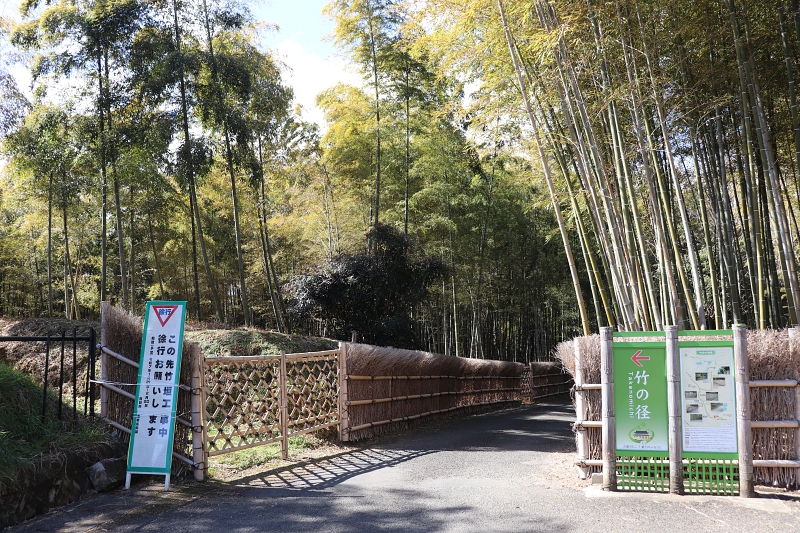
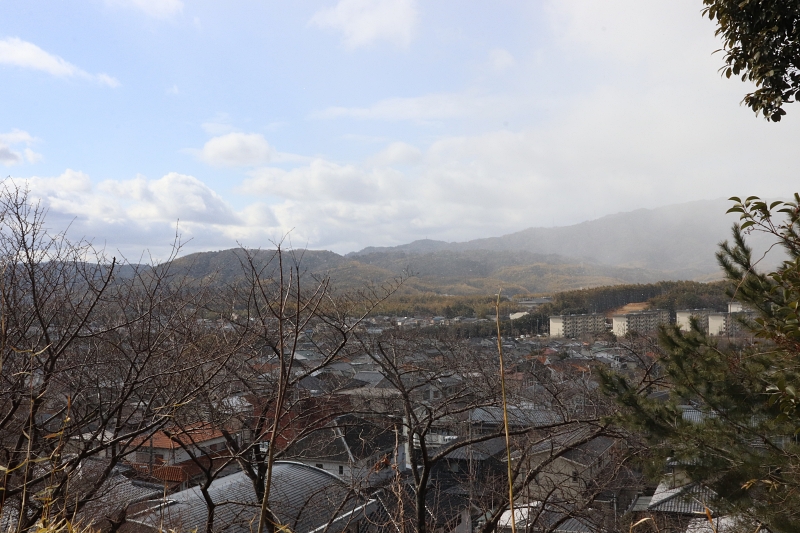

On either side of the paths are fences made out of bamboo, similar to the bamboo paths in Arashiyama.
The major difference between here and Arashiyama is that there are significantly fewer people here compared to Arashiyama, with only a few local people enjoying jogging or taking a walk.
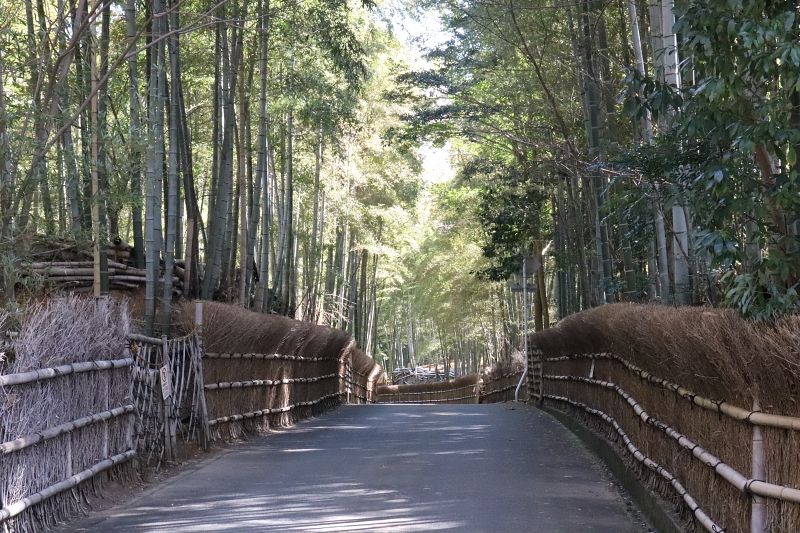
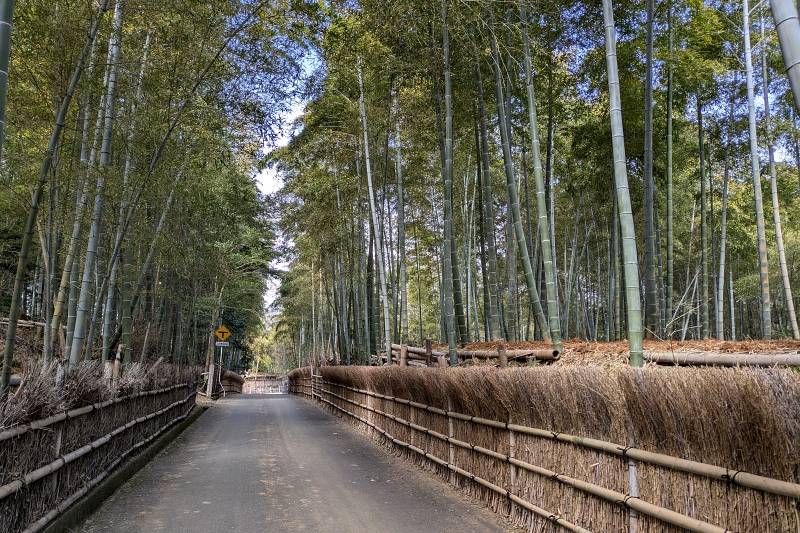

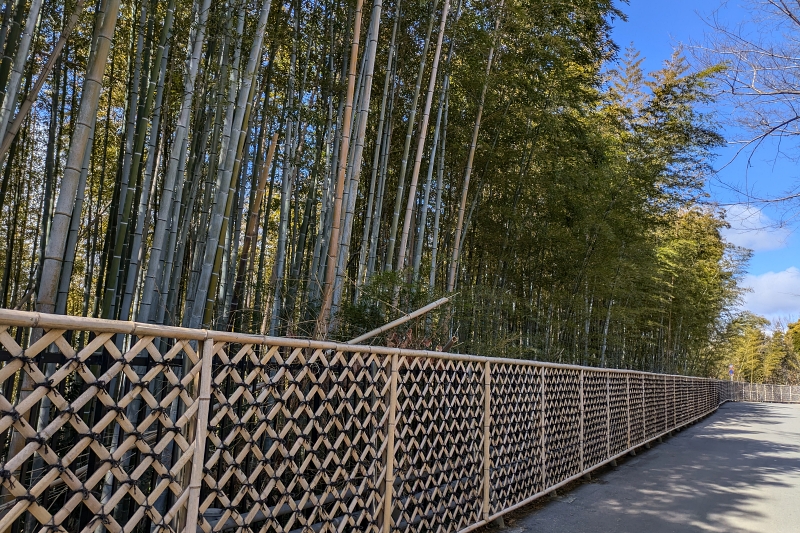
Speaking of bamboo, there are several common breeds of bamboo in Japan, namely black bamboo (hachiku), tortoise-shell bamboo (mosochiku), and giant timber bamboo (madake), but the bamboo shoots most commonly eaten in Japan are mosochiku. Most of the bamboo in this forest is mosochiku, too.
Rakusai Bamboo Park
Just halfway along the bamboo grove path is Rakusai Bamboo Forest Park. There is a bamboo museum and a garden with more than 100 varieties of bamboo planted.
At the entrance of the park you only need to write down your name and where you are from. The museum and the garden are free of charge! At the back of the museum is a nice Japanese garden that, of course, has even more bamboo!


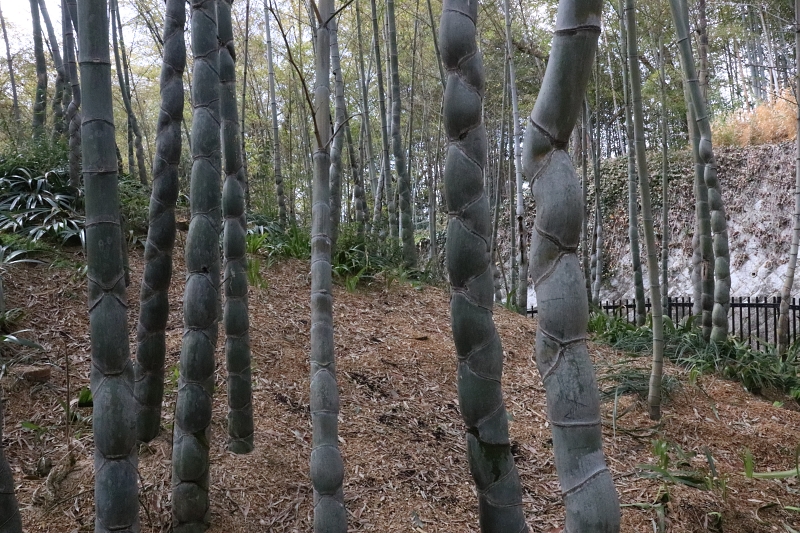
It is worth mentionig that there are two kinds of bamboo in Japan, take and sasa, but the difference between them is quite subtle. Most people think take are big and sasa are smaller, but when you look into it, you may be surprised to find that is not the case.
The difference is that take have two branches from each node, whereas sasa have three or more branches. Also, in take, the skin of the bamboo shoot falls off and the bamboo shoot grows, whereas in sasa the skin remains attached.
That being said, both are called bamboo in English.
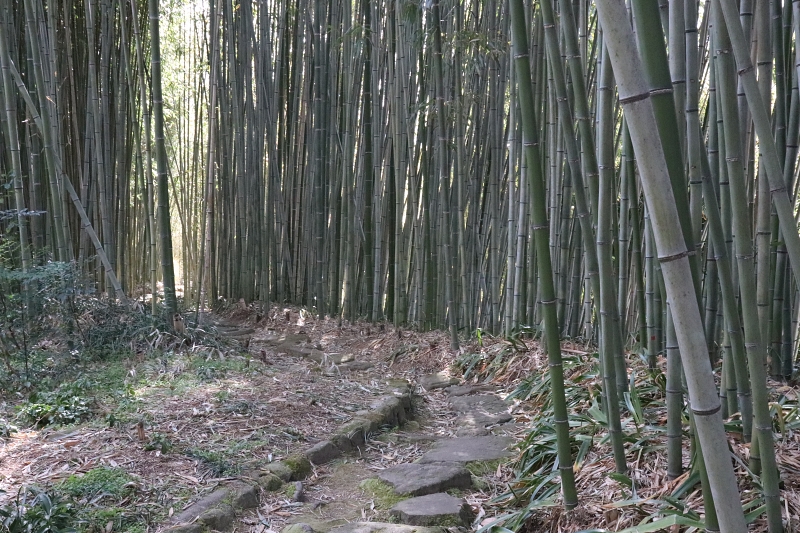
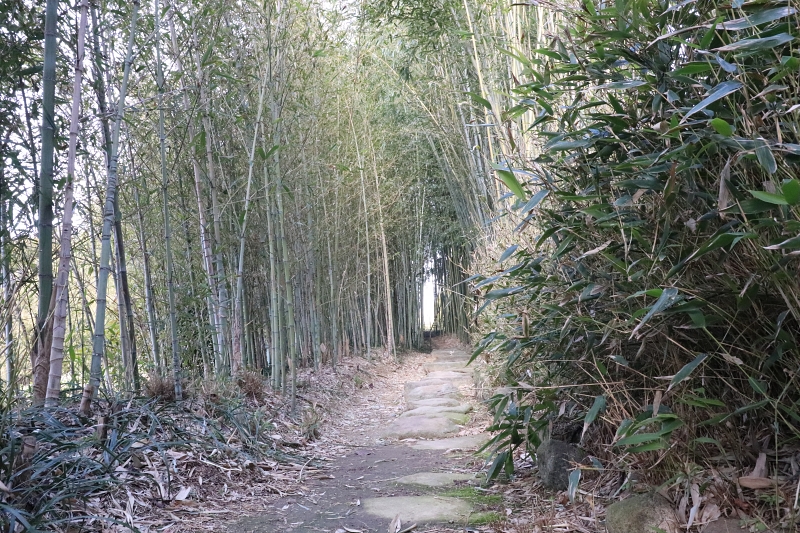
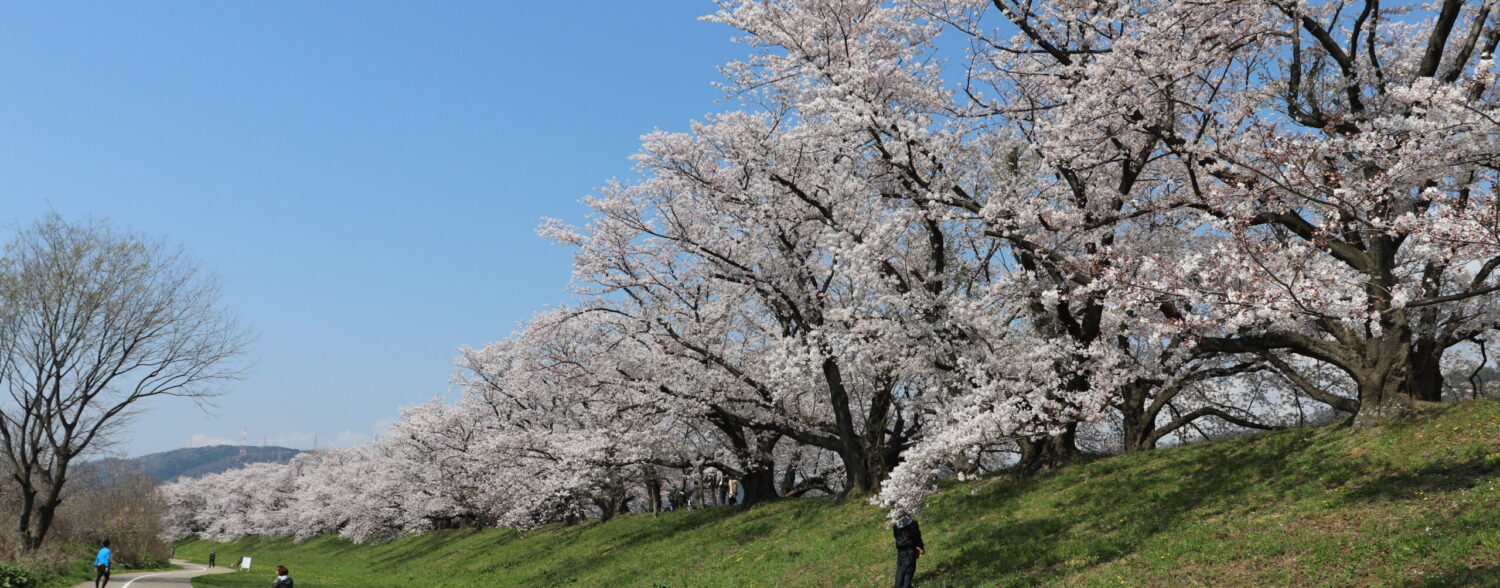
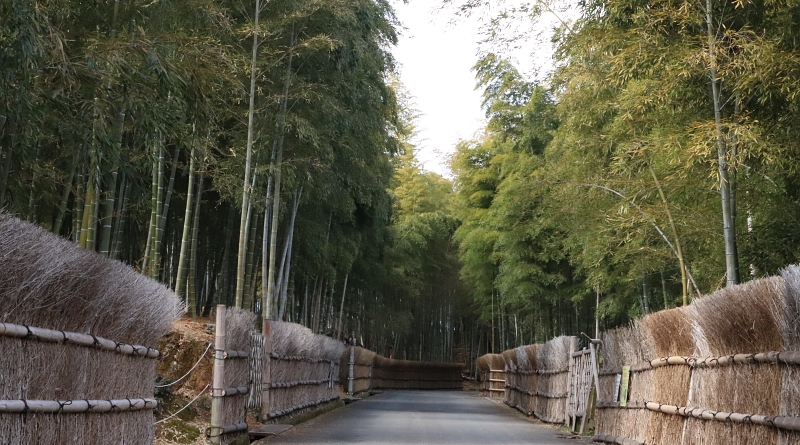
Leave a Reply